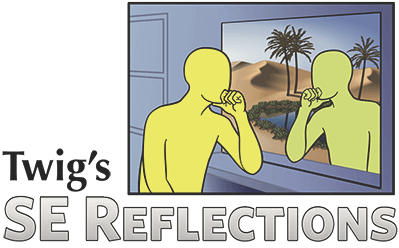The Polyvagal Theory offers a prescriptive model of voluntary and involuntary behavior based on a Neuroception of “sufficient safety,” “danger” or “life-threat.”
At the center of Stephen Porges’ Polyvagal theory is the notion of neuroception (wikipedia). The autonomic nervous system’s continuous assessment of the relative safety or danger of any given moment or situation and subsequent liberation or limitation on “behavioral repertoire” based on that assessment.
- When we feel safe enough, registered by neuroception comparing internal and external signals and cues telling us that everything seems okay: we’re generally able to choose our behavior and direction of attention. More so, our physiology is able to work in easy going coordination that provides the sense of well-being.
- We our nervous system perceives in we’re danger, by way of anything from interpersonal insult as in a rebuff or full on assault or simply a change of orientation in gravity as in a fall, our free behavior is curtailed and our attention directed toward fight and flight type behaviors.
- As a neuroception signal of “life threat” comes forward, regardless of any rational insistence to the contrary, our psyches and bodies will respond with classic signs of immobilization and freezing like dissociation, physical weakness and frail or inertness of being.
All of these responses are involuntary in their basic organization and while they can be reinforced by use (i.e. Conditioning), at their heart they’re independent of “us” and more fundamental to the involuntary processes of our organisms.
By and large it’s this process of neuroception that reads, assesses and describes the limits of free attention. Wow.
Here’s a 12 minute video reviewing neuroception taken from a larger talk on the Polyvagal Theory.

